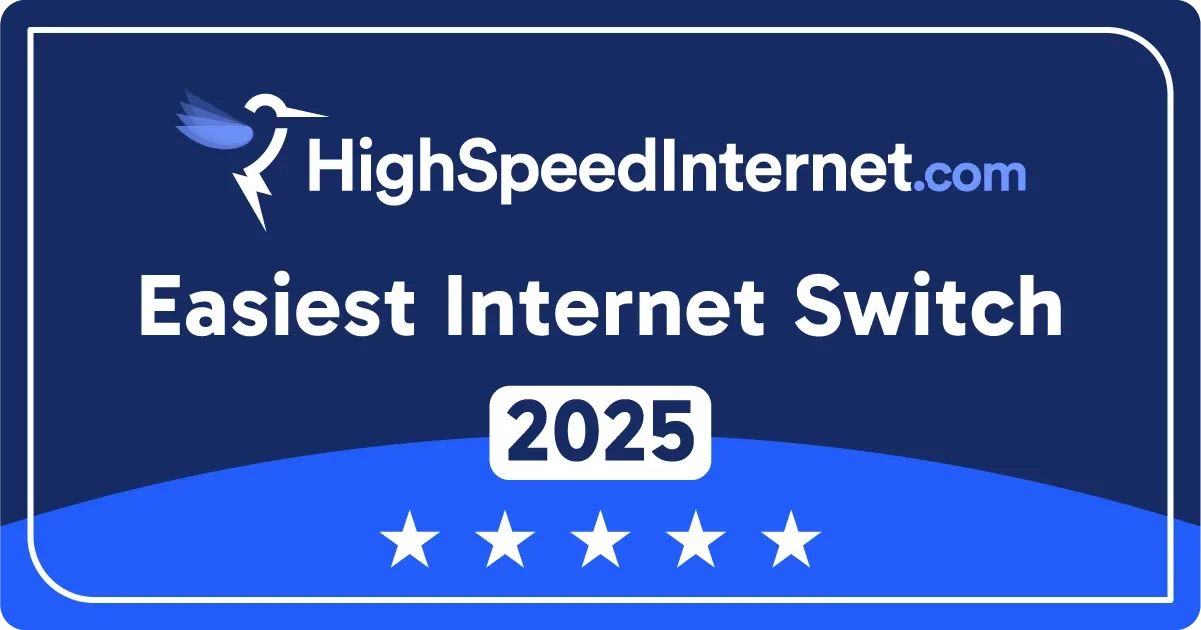The States with the Most Hacktivism Incidents
Nov 2, 2018 | Share
Industry Exclusive/Entertainment

What does political hacking look like in the US?
With the fall election fervor at full volume, we looked at a quieter way people influence elections—hacktivism. Using 2017 FBI crime reports, we discovered the states where hacktivism may play a role in the 2018 elections.
Political activism is nothing new, but taking it online via covert tactics changes the game. The hacktivist community claims to rally around fighting online censorship. But some question the validity of that motive when hacktivists block or knock out websites.
Whether you view hacktivists as dangerous enemies of the state or as digital Robin Hoods, stealing information from the powerful and distributing it to the masses, the truth is that hacktivism can sway public opinion. And because influencing public opinion comes down to how many people you can convince, hacktivists tend to target states with higher populations.
States with the Most Political Hacking Incidents in 2017

Six states had more than 5 reported hacktivist cases in 2017, but 16 states had none.
These numbers may seem low, but part of what makes hacktivism so appealing to hackers—and scary for those being hacked—is that just one instance can have huge consequences.
According to the Atlantic Council’s Digital Forensic Research Lab, hackers with ties to Russia used Twitter bots to artificially spread the hashtags #TakeAKnee and #BoycottNFL to sow further division among Americans in September 2017. The result? Both hashtags skyrocketed. Appearances of #TakeAKnee went from less than 50 to more than 770,000 in one day, and appearances of #BoycottNFL reached a single-day high of 214,000.
States with more federal representatives tend to experience more hacktivism.
Hacktivism’s huge potential for influencing public opinion helps explains why the states in the chart above were targeted. Swaying people’s perceptions in these states is more likely to affect policy changes because most of them have more representatives than other states.
By targeting states with more congresspeople, hacktivists theoretically have a better chance of getting the politicians they want into the federal government.
States with larger legislatures experience more hacktivism.
Using the number of hacktivism incidents from the 2017 FBI report and adjusting for the number of state legislators, we can get the number of hacktivist incidents per legislator.
If these numbers hold true for 2018, we have a good guess as to which states hacktivists may be apt to target.
The following states are the most likely to be hacked in 2018:

The larger the legislature, the more people a state needs to elect. This means more opportunities for hacktivists to exert their influence, which leads to more hacktivist activity in general.
What role will hacktivists play in the 2018 elections?
Unfortunately, hackers have already attacked the 2018 midterm elections.
According to the Houston Chronicle, cyber attackers have already used phishing scams (baiting people into giving away information) on at least three campaigns. Five national security officials have warned of election interference and the Director of National Intelligence, Dan Coats, described the potential of Russian meddling in the midterm elections as “one keyboard click away.”
While this sounds scary, it’s also nothing new. Hacktivism has been around since the early days of the internet.
A Brief History of Political Hacking
1996—The word “hacktivism” is coined by Omega, a member of the hacking group Cult of the Dead Cow (cDc).
1998—Electronic Disturbance Theater, a group of online political performance artists, hack the Pentagon, the Mexican government, and the German stock exchange to protest the clampdown on the Zapatista Army of National Liberation.
2001—A branch of cDc, Hacktivisimo, announces the hacktivist community’s dedication to combat “state-sponsored censorship of the internet” in the Hacktivisimo Declaration.
2003—Fifteen-year-old Christopher Poole uses a computer in his bedroom to create 4chan.org, the eventual birthplace of the notorious hacktivist group Anonymous.
2011—Hacktivist group LulzSec’s releases private information from Senate.gov just to show it can.
2011— Servers at the NSA, the Pentagon, NASA, the Department of Defense, and other military departments are infiltrated. A hacker called sl1nk claims credit and releases formerly secured information as proof.
2012— Anonymous claims credit for infiltrating and taking down the CIA website.
2014— In what the FBI and Secret Service said was “among the most sophisticated attacks ever launched against US government systems,” someone hacks the White House computer system. The FBI begins publishing numbers of hacktivism incidents in its annual reports.
2016— Information leaked from Democratic National Committee emails conspiring against potential presidential candidate Bernie Sanders are published on WikiLeaks.
What can you do about hacktivism in your state?
The best thing you can do to help limit the negative effects of political hacking is vote. The higher the voter turnout, the harder it is for a single hacking incident to affect the outcome of an election.
Author - John Dilley
With over five years writing about the internet industry, John has developed a deep knowledge of internet providers and technology. Prior to writing professionally, John graduated with a degree in strategic communication from the University of Utah. His education and experience make his writing easy to understand, even when covering complex topics. John’s work has been cited by Xfinity.com, PCMag, The Washington Post, Los Angeles Times, and more.




